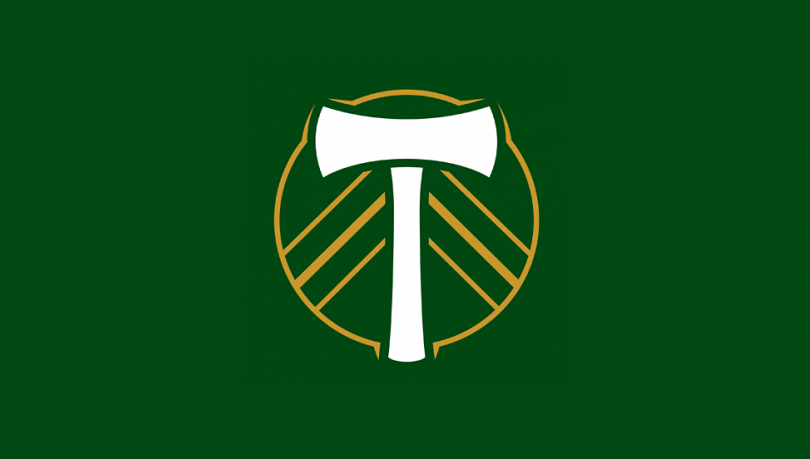
Portland Timbers FC
In recent years, Portland Timbers FC has evolved tactically, blending traditional strengths with innovative approaches. Their playing style emphasizes attacking fluidity, solid defense, and tactical flexibility, which have contributed to their success in MLS competitions.
Key Tactical Portland Timbers FC
The coaching staff prioritizes possession-based attack, quick transitions, and high pressing to regain control of the game. These strategies aim to outmaneuver opponents and create scoring opportunities while maintaining defensive solidity. The team’s tactical discipline allows them to adapt seamlessly to different opponents and match situations https://red88b.me/.
Formation and Player Roles
The Timbers typically implement a 4-2-3-1 or 4-3-3 formation, depending on tactical needs. The versatility of key players like midfield generals and dynamic wingers enables fluid positional play. The goalkeeper’s role as a sweeper-keeper emphasizes building from the back and initiating attacks.
Each player’s role is clearly defined but adaptable, encouraging creativity and collective responsibility. This structure allows the team to exploit spaces effectively and retain high levels of possession, especially during home matches at Providence Park.
Player Development and Recruitment
The club invests heavily in developing domestic talent through their academy system while simultaneously recruiting experienced international players. This combination fosters a balanced squad capable of competing at the highest level.
Notable players such as Diego Valeri and Sebastián Blanco have exemplified the team’s tactical philosophy, providing leadership, technical skill, and creative flair. The club’s recruitment focuses on players who fit their tactical blueprint and contribute to a cohesive team dynamic.
Analysis of Recent Seasons
Recent seasons have showcased the team’s tactical adaptability. For example, in their run to the MLS Cup final, they employed aggressive pressing coupled with swift counterattacks, leveraging their pace and technical skills. Their ability to adjust tactics mid-game has been critical in tight fixtures.
Statistical analysis reveals strengths in ball possession percentage, shot accuracy, and defensive organization—highlighting their well-rounded approach. However, periodic lapses in transition defense have exposed vulnerabilities, prompting ongoing tactical refinements by coaching staff.
Conclusion
Portland Timbers FC has truly redefined soccer in Oregon by cultivating a passionate fan culture, achieving significant milestones, and employing innovative tactical strategies. Their journey from humble beginnings to becoming a formidable MLS contender demonstrates resilience, community integration, and a forward-thinking approach. As they continue to grow, the club’s influence extends beyond the pitch, shaping Oregon’s cultural landscape and inspiring future generations. The Timbers’ story exemplifies how sport can be a powerful vehicle for community identity, pride, and progress, making them not only a team but a true emblem of Oregon’s spirit.
As the Portland Timbers FC forge ahead into the future, they stand at an intersection of tradition and innovation. Their commitment to soccer excellence is paralleled by efforts to resonate with their community at large, ensuring that both players and fans feel interconnected. This synergy creates a unique atmosphere that is foundational to the club’s identity.



